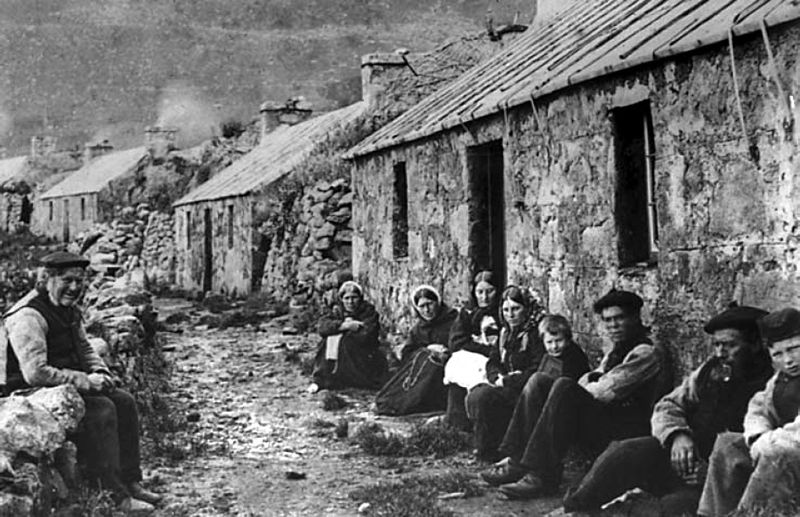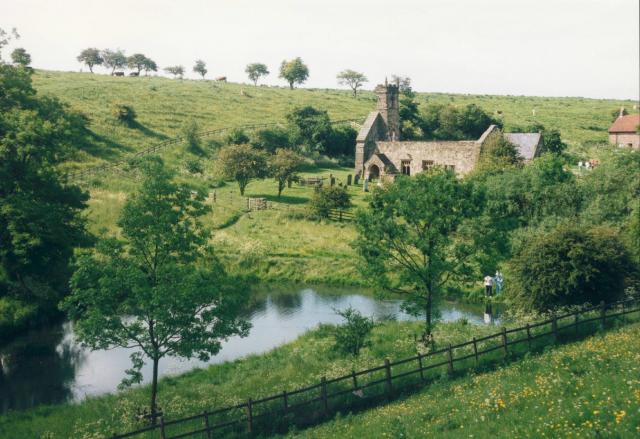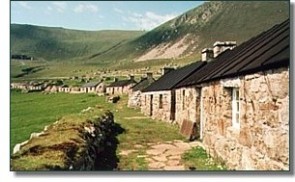The old Berlin Kindl brewery has been gone for many years. Its brand survives amongst a growing number of brands absorbed by large multi-national corporations such as Inbev. A one time Berlin’s larger breweries such as Schultheiss and Kindle brewed beer just as good as Munich’s Lowenbrau or Augustiner. But, since the end of the Cold War demographics more than anything has condemned breweries such Kindl to bankruptcy. Writer and blogger David Patterson wrote,
” There were breweries operating under the Schultheiss and Kindl names in both East and West Berlin, though, of course, those in the East were state-owned.
In a series of confusing privatisations, Schultheiss bought the eastern Kindl breweries, the brewery in Potsdam (also owned by Kindl pre-war) and the renowned Radeberger brewery. It then closed both of its West Berlin breweries (Kreuzberg and Spandau), moving all of its production to one plant in the East. To add to the confusion, the Potsdam brewery was later sold to Kindl. Confused? I certainly am. The Kindl plant on Werbellinstraße is the last large brewery in former West Berlin.
Schultheiss is currently brewing far less beer than at the time of re-unification. I can’t imagine that closing most of their breweries could have helped their output figures. The closure of Berliner Kindl in 2006 effectively put an end to Berlin as a serious brewing town. The merger of Brau und Brunnen and Radeberger Gruppe, left Kindl and Schultheiss with the same owner. No surprise then that one of the breweries had to close.”
The old Kindl Brewery, located in East Berlin, was about the only thing that worked well in the former DDR. It was not subjected to the growing homogenization of lager beers that evolved into what is known as Eurolagers. Kindl beers kept much of their old world charm. But the march of history left those beer styles behind.



